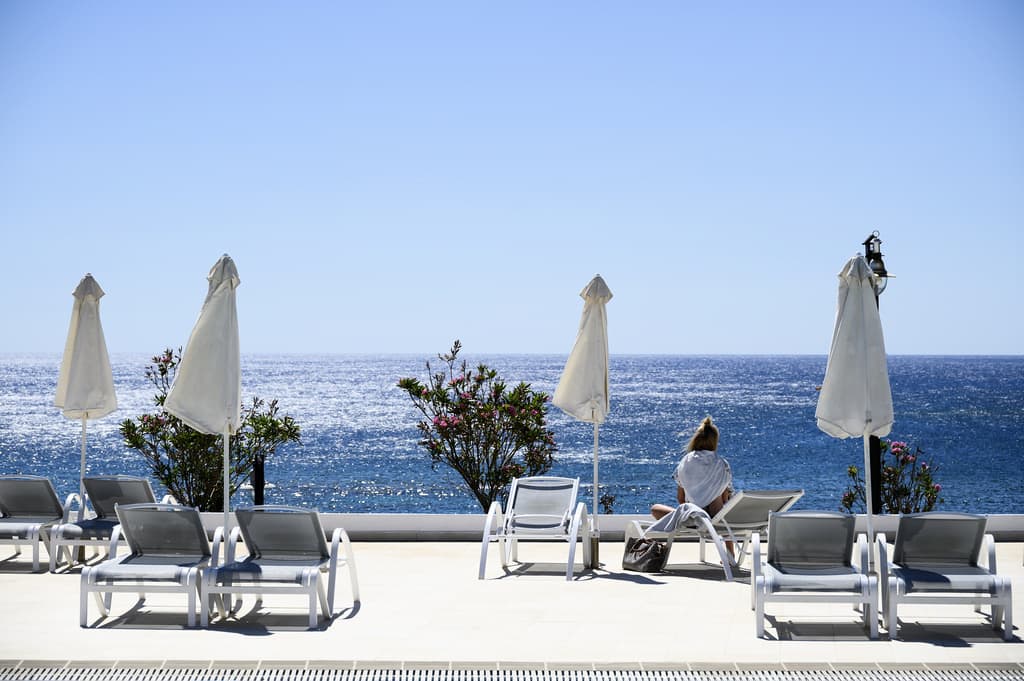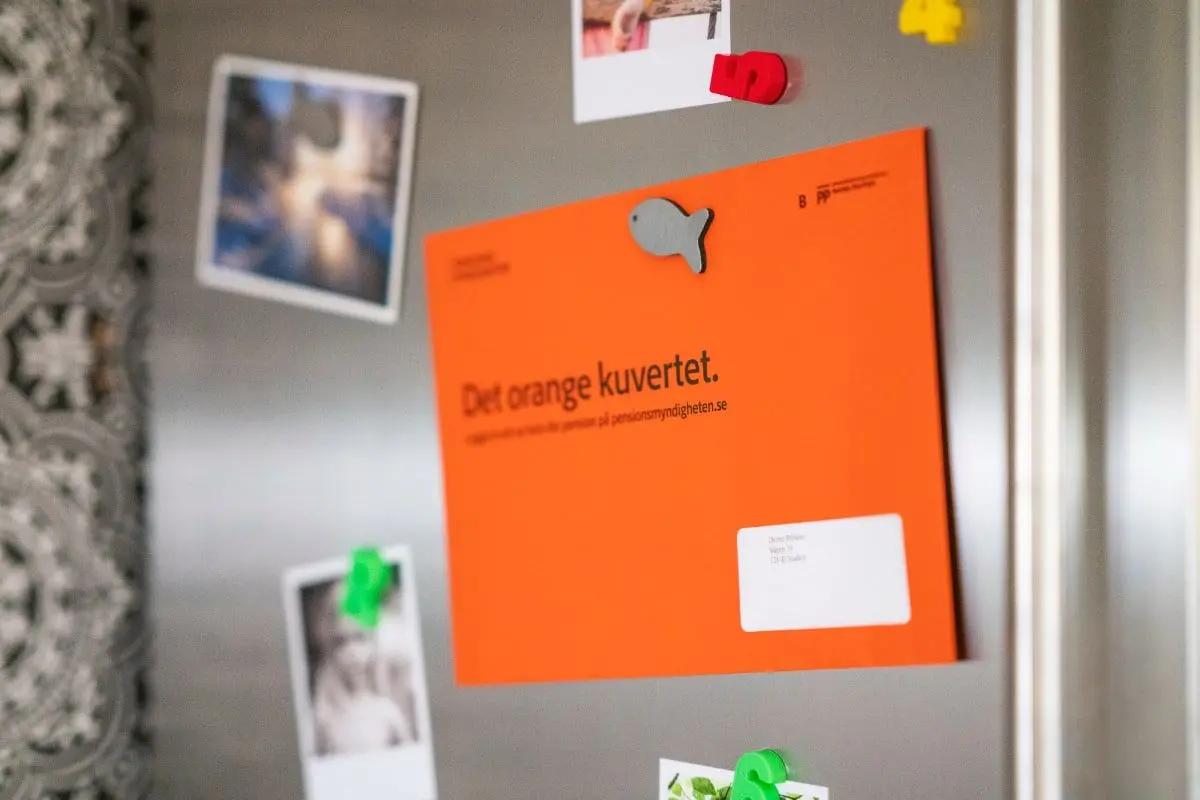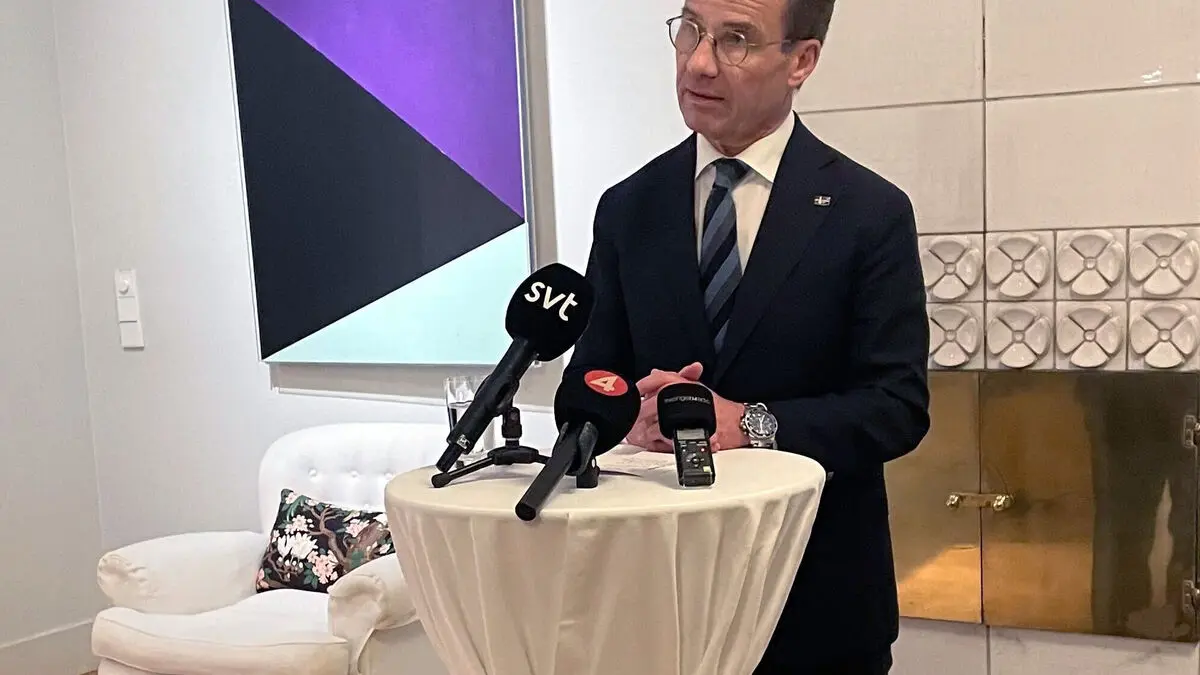The krona has strengthened against the euro over the past year. But it does not help Swedes who dream of a cheaper holiday.
Purchasing power in Europe is essentially unchanged compared to last summer, says Johan Javeus, chief strategist at SEB.
The Swedish krona has successively weakened against the euro since 2013. Last summer, the exchange rate reached a low point and has since recovered, particularly since the beginning of May.
But someone who only looks at the exchange rate risks deceiving themselves.
Compared to a year ago, the krona has strengthened by around three per cent in relation to the euro, but at the same time, prices in most European countries have risen by approximately the same amount, says Johan Javeus.
The two effects together result in almost unchanged purchasing power.
In most countries with the euro, inflation is around three per cent. If you look at Portugal, inflation has been around four per cent. In Italy, it has been one per cent.
But it is difficult to compare countries and plan your holiday based on inflation, emphasizes Johan Javeus.
You're measuring the price of goods in an entire country. Goods that residents buy may not have gone up as much as the goods that tourists normally buy. Generally, Swedes' purchasing power in Europe has not changed.
Those who want to plan their holiday based on purchasing power should instead look east.
In several Asian countries, we have seen currency strengthening. Our currency is strengthening in Indonesia, Thailand, Japan, and Vietnam. In countries like Egypt and Turkey, the krona has also strengthened. But here, inflation is so high that the effects cancel each other out.
Those who want a cheaper holiday can instead review the withdrawal fee at foreign ATMs, currency exchange fees, and other fees that banks charge.
There is no bank card that is best at everything, but if you look at your needs, you can choose the one that suits you best, says Fredrik Nordquist at the Consumers' Bank and Finance Bureau.
Another tip is to check whether it pays to pay with euros or Swedish kronor when making card purchases.
The consumer is faced with a difficult situation. You can either choose a fixed rate in Swedish kronor or a euro rate where you don't know what you'll pay until the day after.
What is best varies, but every time I've checked, it has paid to pay in euros.






